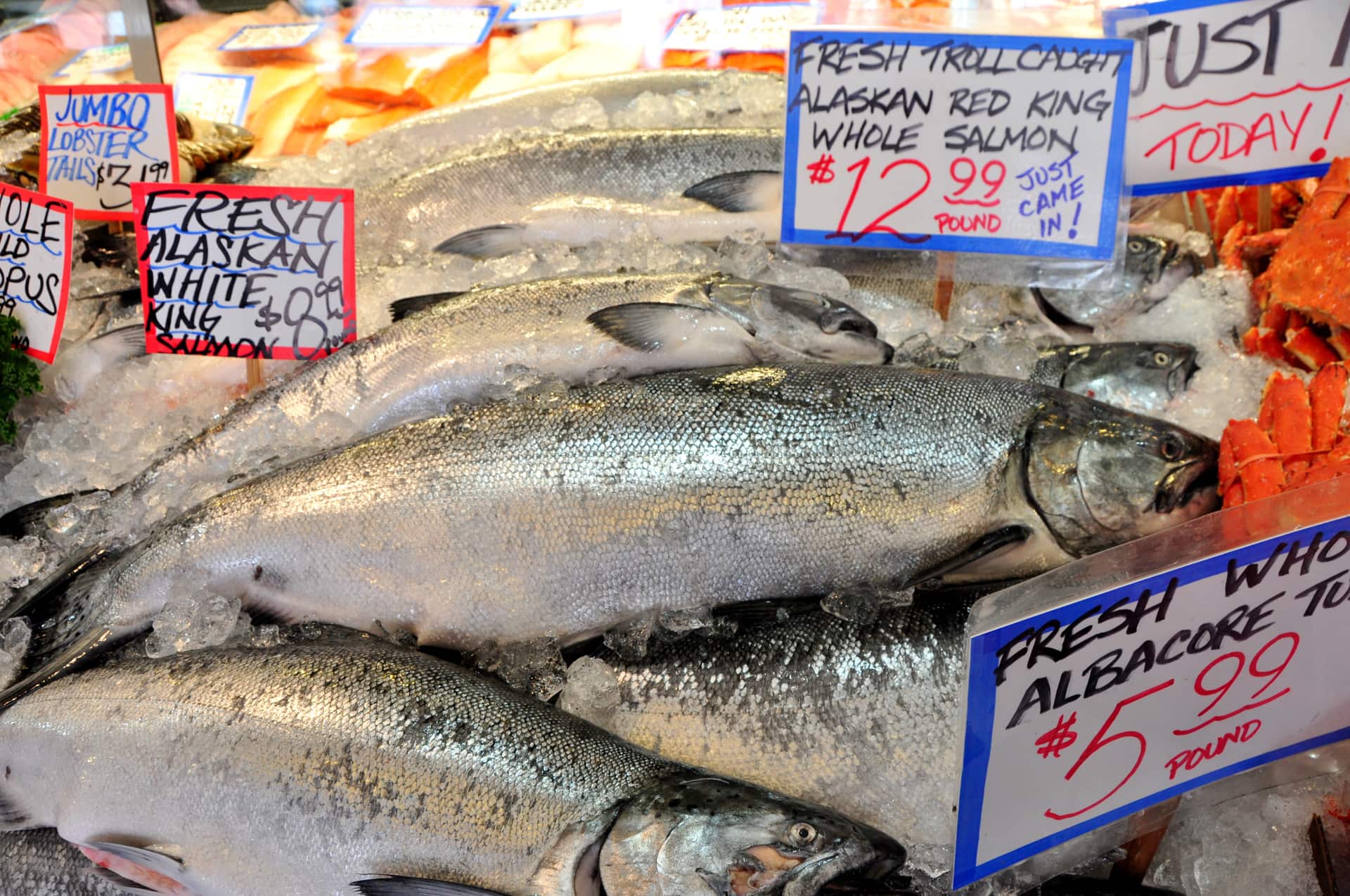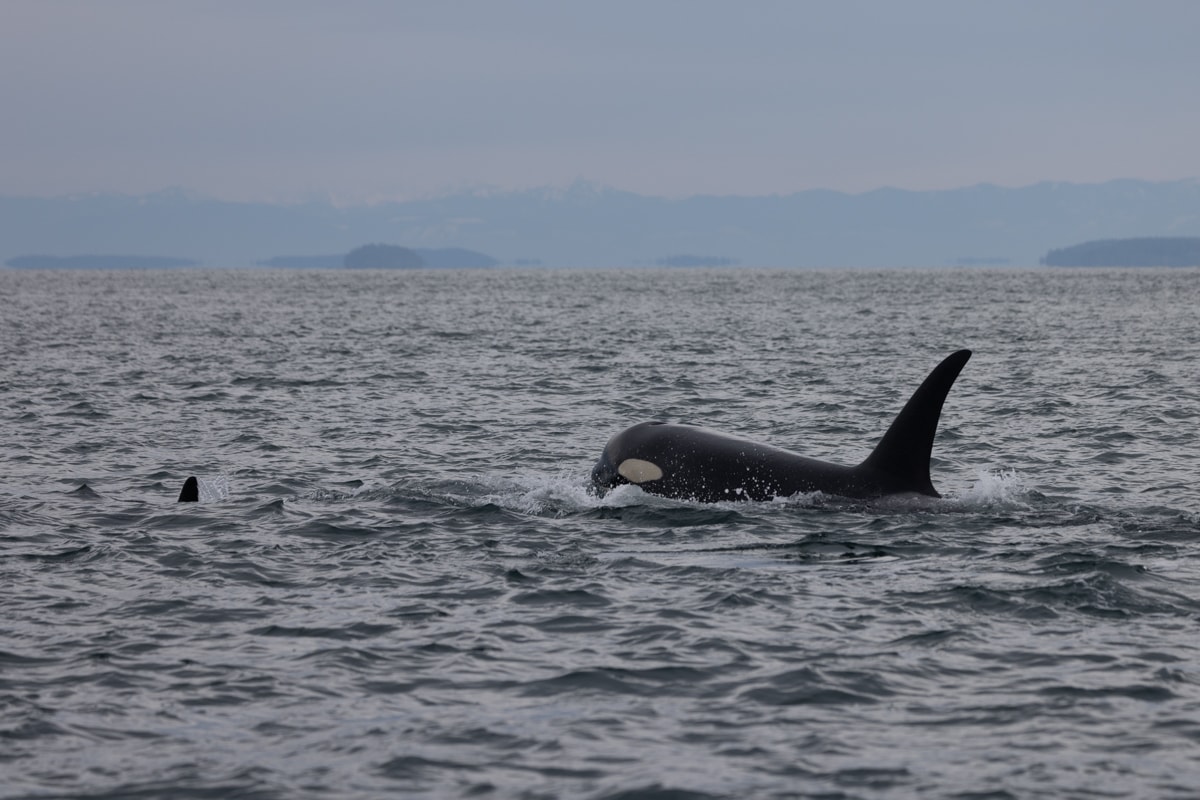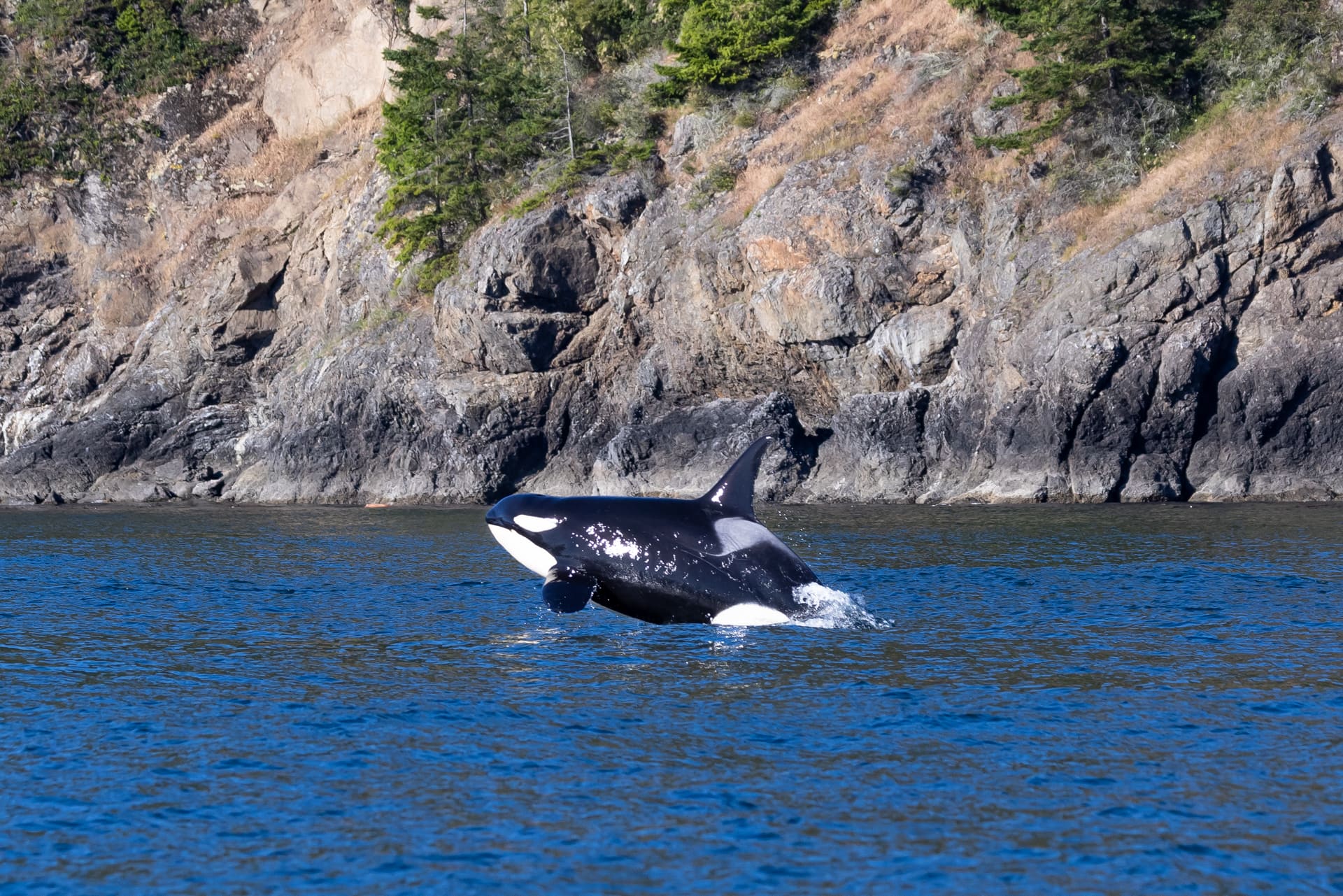
A recent government publication assessed how often inbreeding—mating with an animal with a common ancestor—occurs in the Southern Resident killer whale population. Scientists believe this leads to lower survival rates and population decline, known as “inbreeding depression.” Could this be a critical factor in their current struggle for survival, as NOAA now claims, or could their small population size and ill-health result from decades of inaction to restore wild Chinook salmon?
What was the study?
Using previously collected biological samples, i.e., from strandings, biopsies, fecal and skin samples, scientists “sequenced the genomes of 100 Southern Resident killer whales, around 90% of currently living individuals.”
They also compared these with the genomes of 47 other killer whales from the North Pacific: 2 Northern Residents, 24 Alaska Residents, 14 mammal-eating transients (Bigg’s), and seven offshore killer whales.
What did they hope to understand?
The Southern Resident killer whales are genetically and culturally separate from other populations of killer whales in the North Pacific, increasing their risk of inbreeding. Scientists wanted to estimate the likely impact of any inbreeding on “survival, fecundity, lifetime reproductive success, and population growth.”
What did they find?
“The Southern Resident killer whales had the highest inbreeding among the sampled North Pacific killer whale populations.” They noted this was consistent with the history of this population’s smaller size, “combined with a lack of recent incoming gene flow,” i.e., mating with animals outside their community. In addition, the genomes of 20 whales suggested that their parents were likely first cousins.
What are the implications of inbreeding?
First, scientists estimated the “annual survival probability for an average 20-year-old killer whale.” Their model predicted survival would decline “3% for females and nearly 5% for males” and that the most inbred individuals would die “substantially younger.” Ultimately, the model predicted that survival to age 40 would decline by 78% for males and 64% for females, potentially reducing total calf births by up to 41%.
Next, they ran a second set of simulations as if all individuals had the same survival probability as the least inbred Southern Resident killer whales—similar to the Alaskan Residents, “a population of the same ecotype that has grown substantially since protection in the 1970s.”
They found that “the simulations that include inbreeding depression project declining population size over the next 100 years. The simulations without inbreeding depression project increasing population size through time.”
This led them to conclude, “While environmental factors or disturbances have clearly influenced population dynamics, our results suggest that inbreeding depression has also been an important factor limiting the growth and recovery of the Southern Resident killer whale population since protections in the 1970s.”
Protections since the 1970s
Let’s first unpack that statement. In 1972, the Marine Mammal Protection Act limited unlawful killing and harassment. However, capturing killer whales for aquaria was not outlawed in Washington State until 1976—only after irreparable harm was inflicted on the Southern Resident killer whale population. Yet it was not until nearly 30 years later that they would be protected under the Endangered Species Act and 15 further years to designate habitat essential to their survival.
Meanwhile, Chinook salmon were crashing coastwide. Populations vital to these whales’ survival have been on the Endangered Species list for over 30 years with no sign of recovery. Dams remain a significant impediment, yet for decades, NOAA repeatedly failed to call for breaching the Snake River dams, all while recognizing this as the fastest route to recovering Snake River Chinook salmon.
NOAA Fisheries still permits fishing for Chinook, even contrary to the Endangered Species Act, overlooking high bycatch levels that push salmon and killer whales further toward extinction. This is despite NOAA’s mandate to protect and recover both these species, though little wonder when at the same time, they are an agency within the Department of Commerce responsible for profitable fisheries.
Continued below...
From scapegoating seals to blaming killer whales, it’s time NOAA acknowledged culpability and takes action. Yet if, as their study suggests, there will be further decline “if the population remains genetically isolated and typical environmental conditions continue,” then why not take action to improve the environmental conditions by breaching dams and leaving more Chinook available as prey?
In times of salmon scarcity, clan gatherings of this community of 73 whales are increasingly rare. With enough food, these so-called superpod events can increase, so they may come together to feed, socialize, and mate, thus decreasing the chances of within-pod matings and limiting inbreeding.
Well-fed whales would be less susceptible to disease, failed pregnancies, and the impacts of pollutants and noise. This population increased to 98 whales in the mid-’90s when salmon was more abundant and, in NOAA’s own words, “it was a good time to be a killer whale.” So, why not make the good times return?
Previous genetic studies have shown that the Southern Resident killer whale population has been genetically isolated and small for generations. Yet they persisted. Even now, when the cascade of human impacts in their environment occurs faster than their capacity to adapt, they are not giving up, nor should we.





